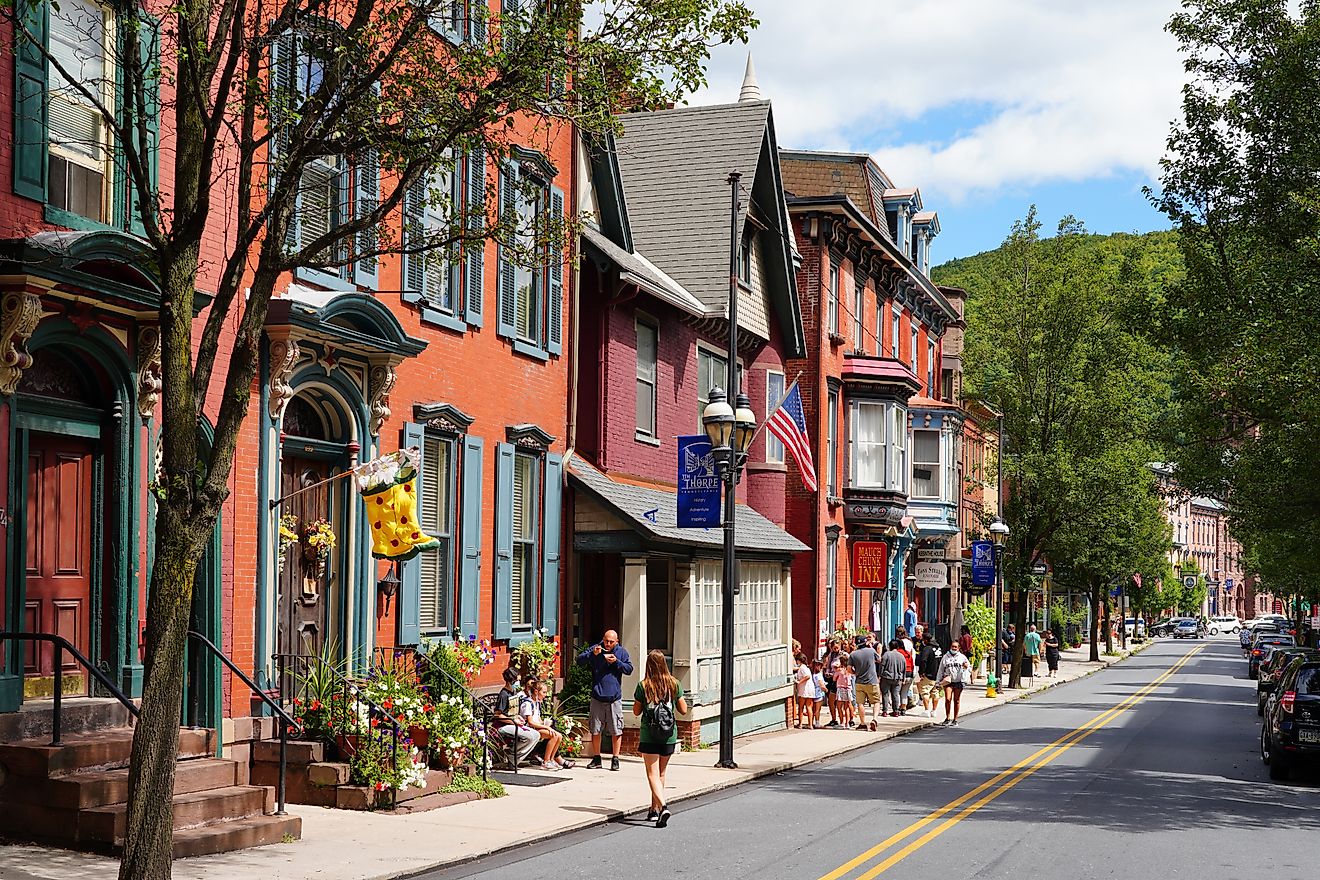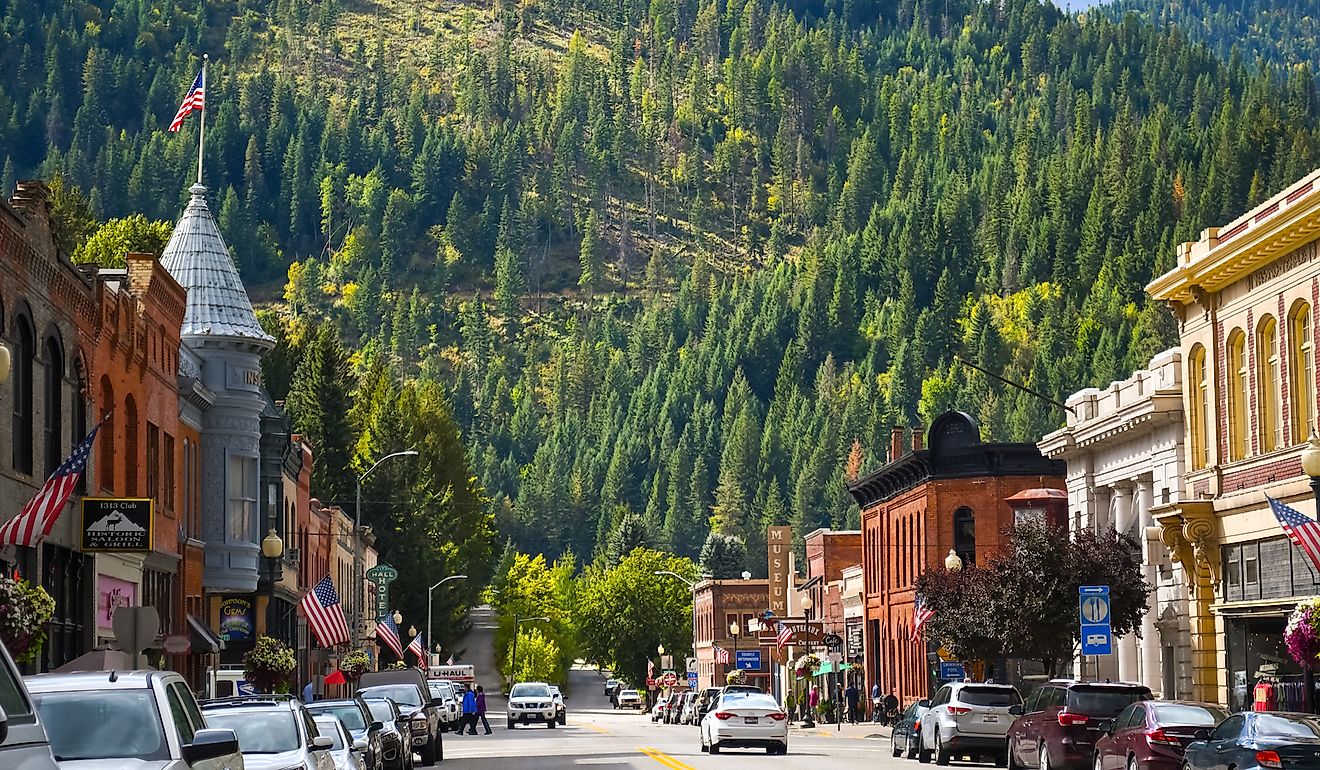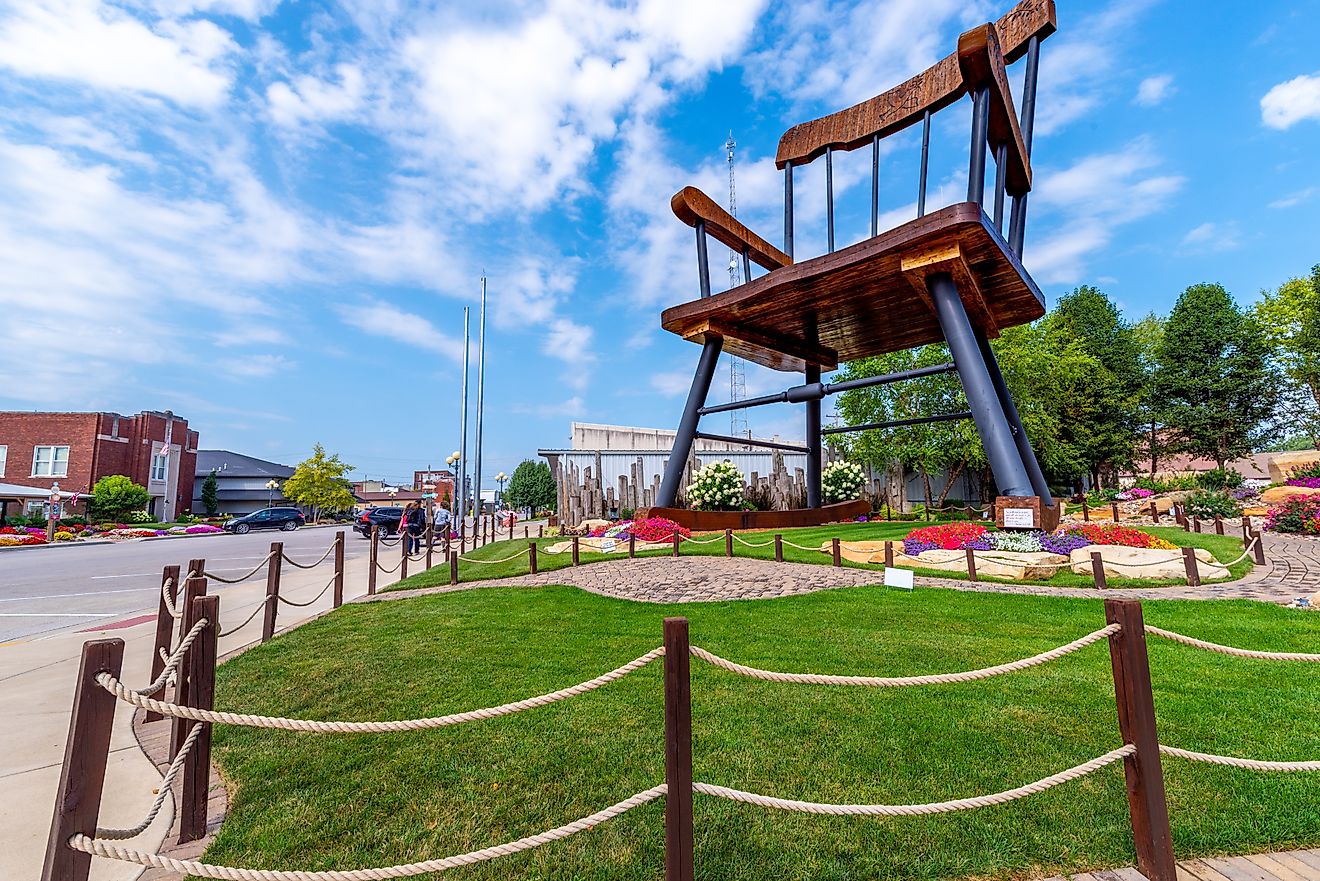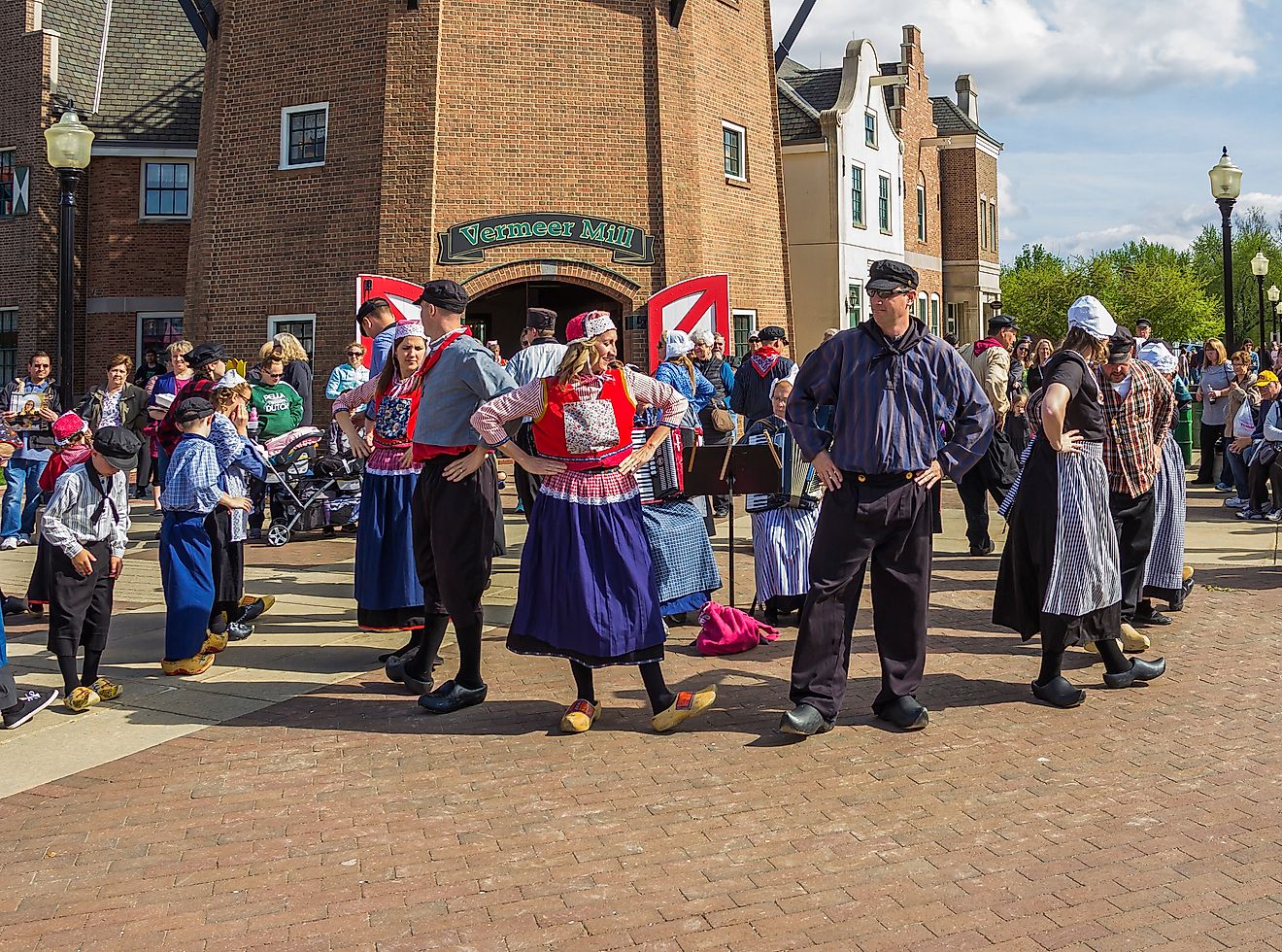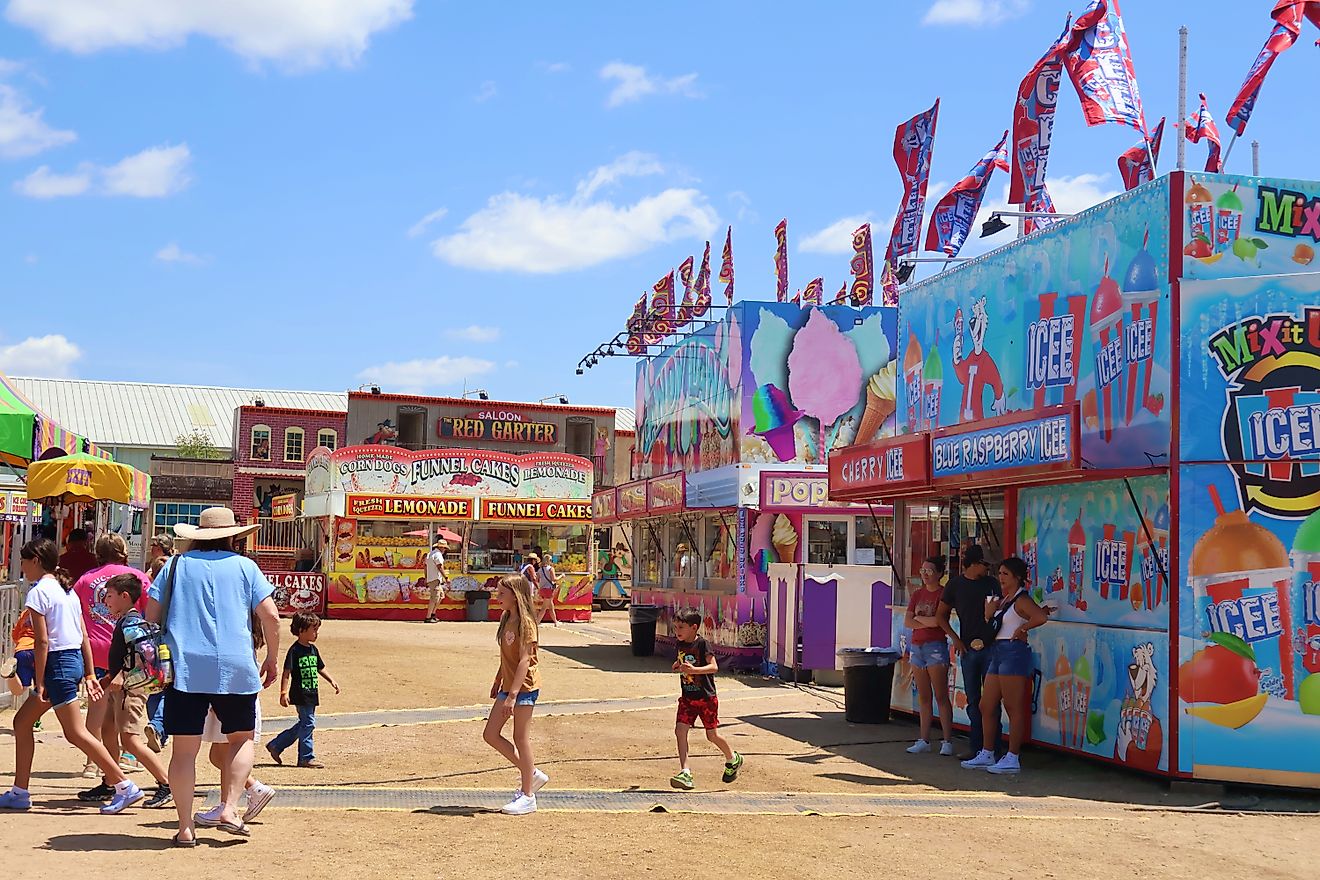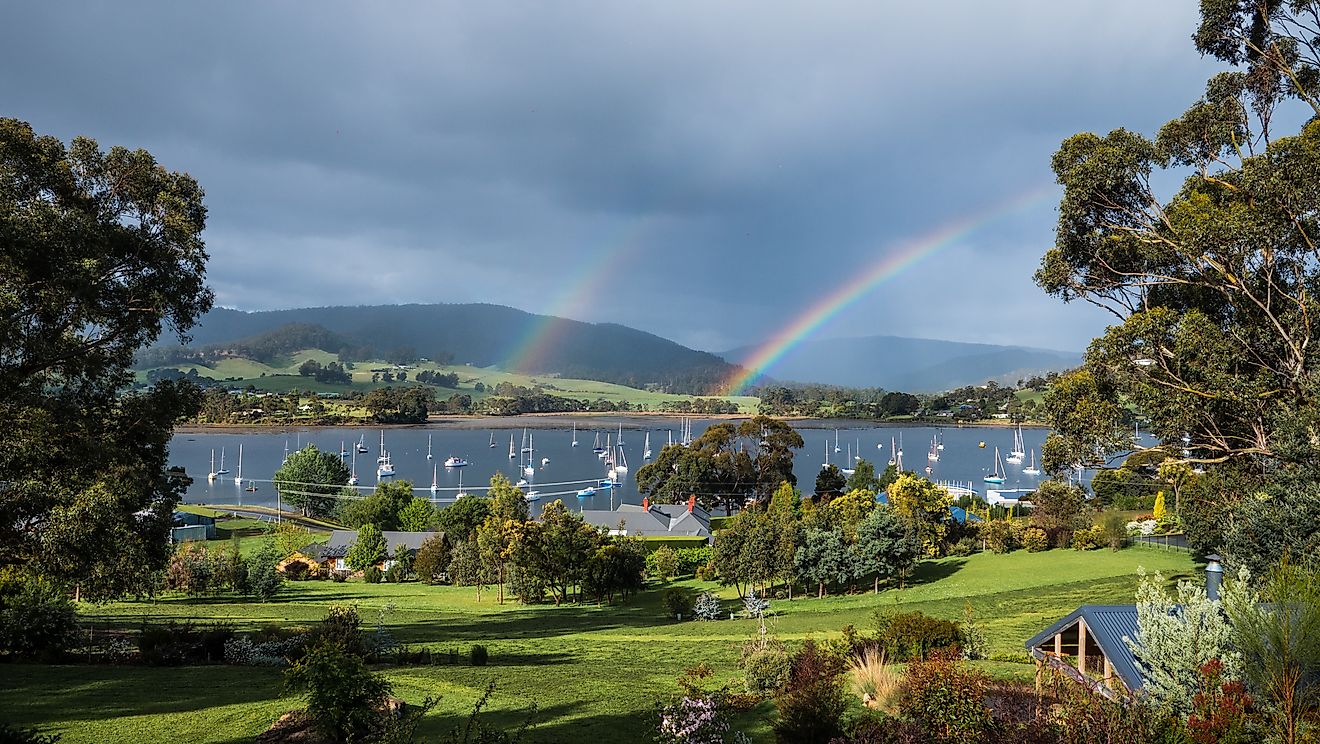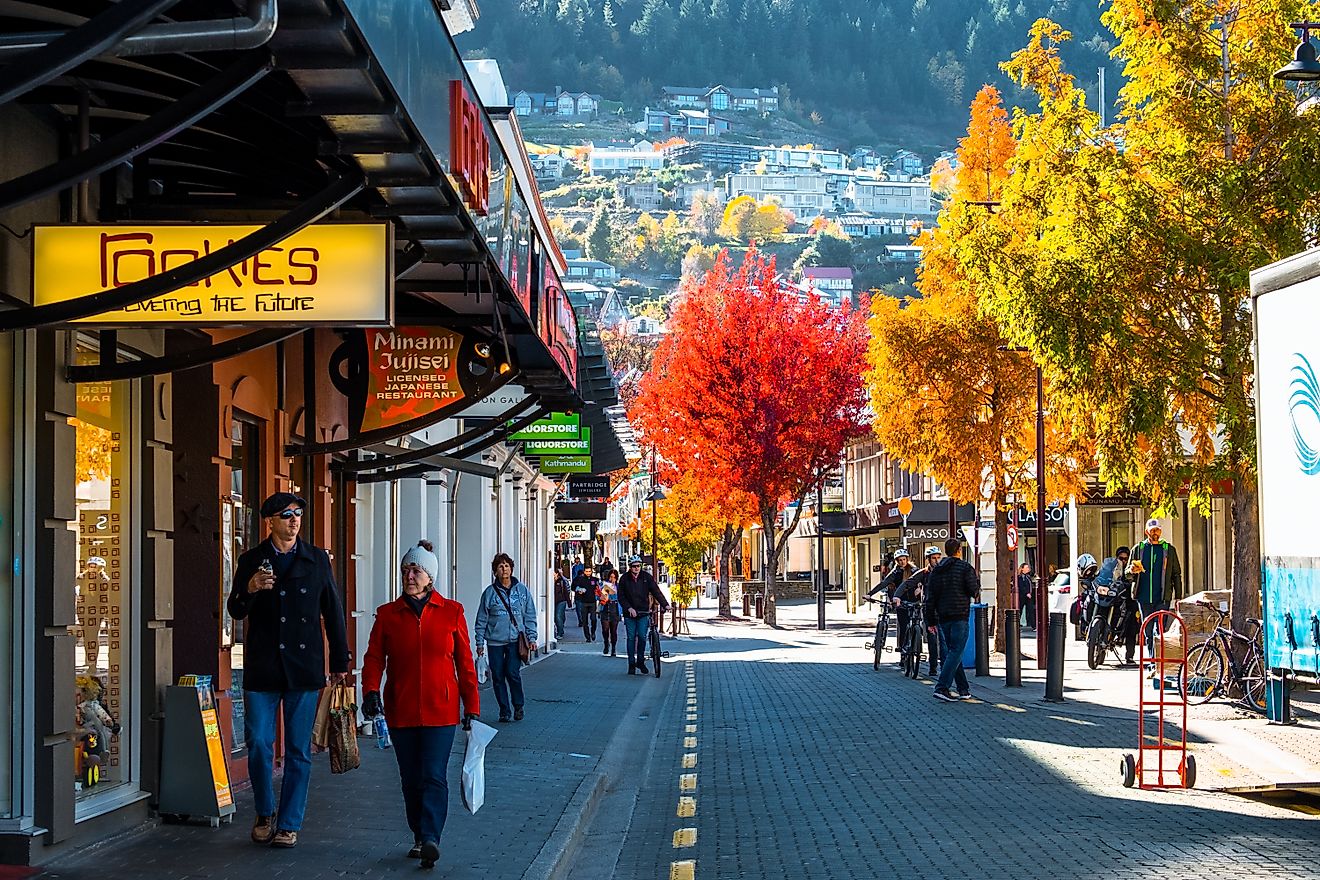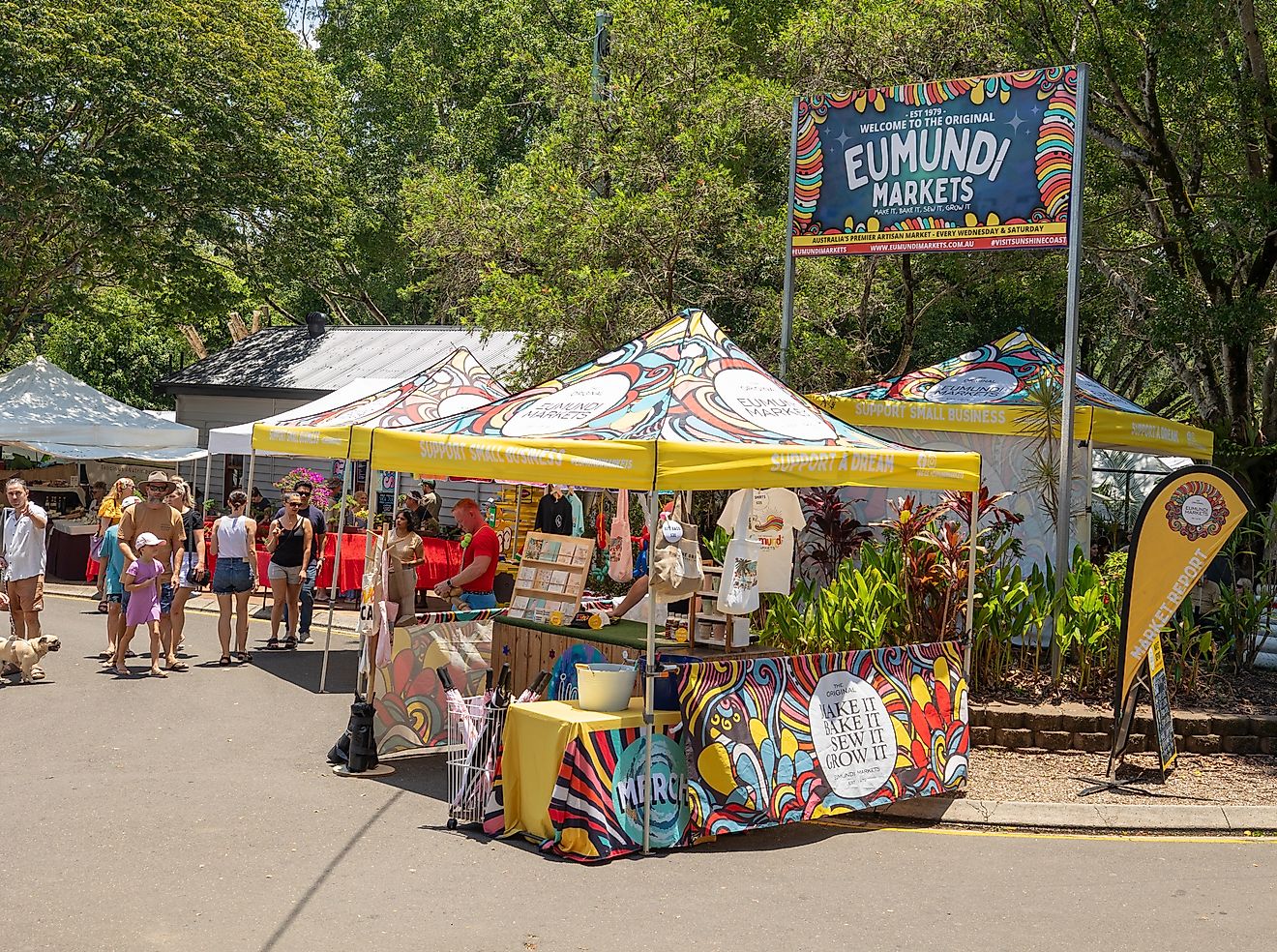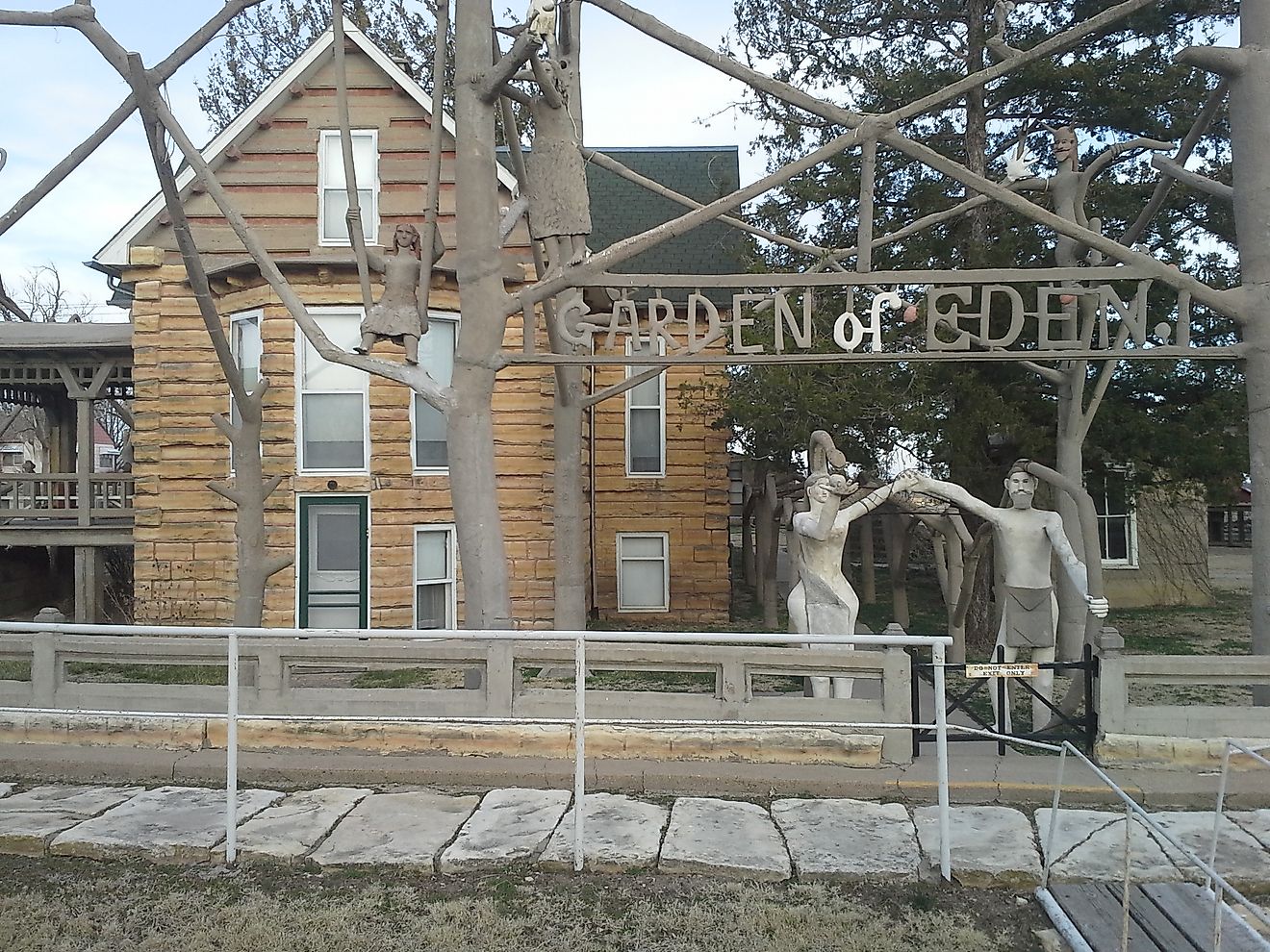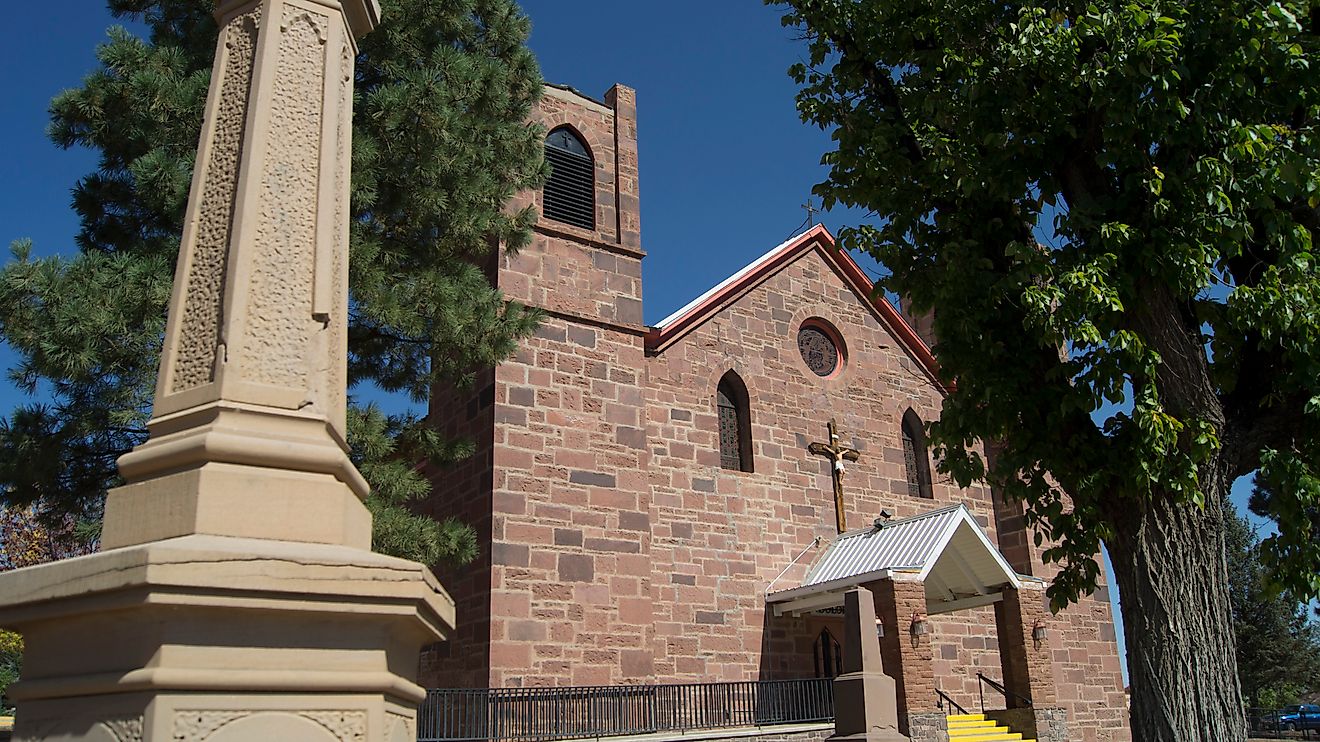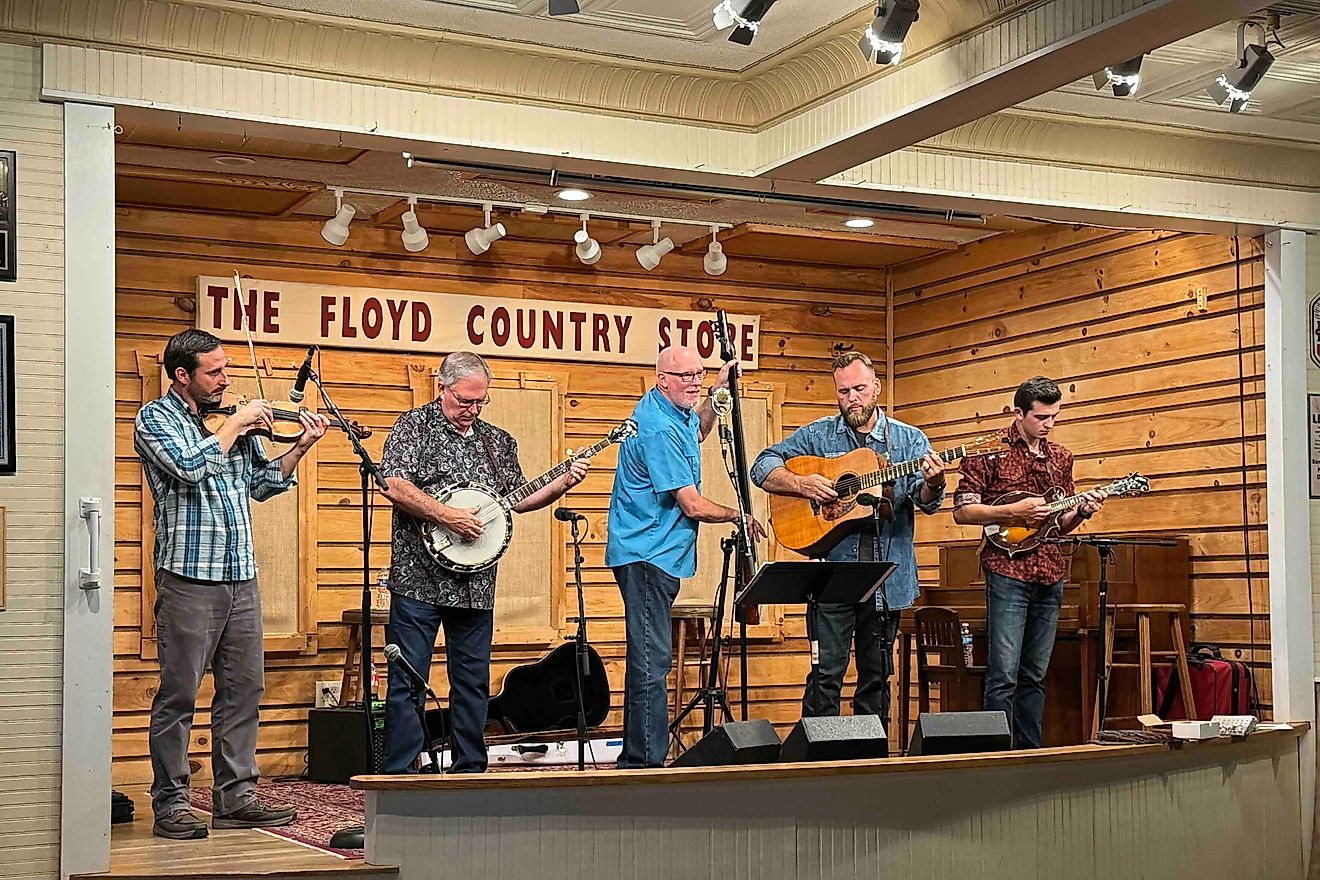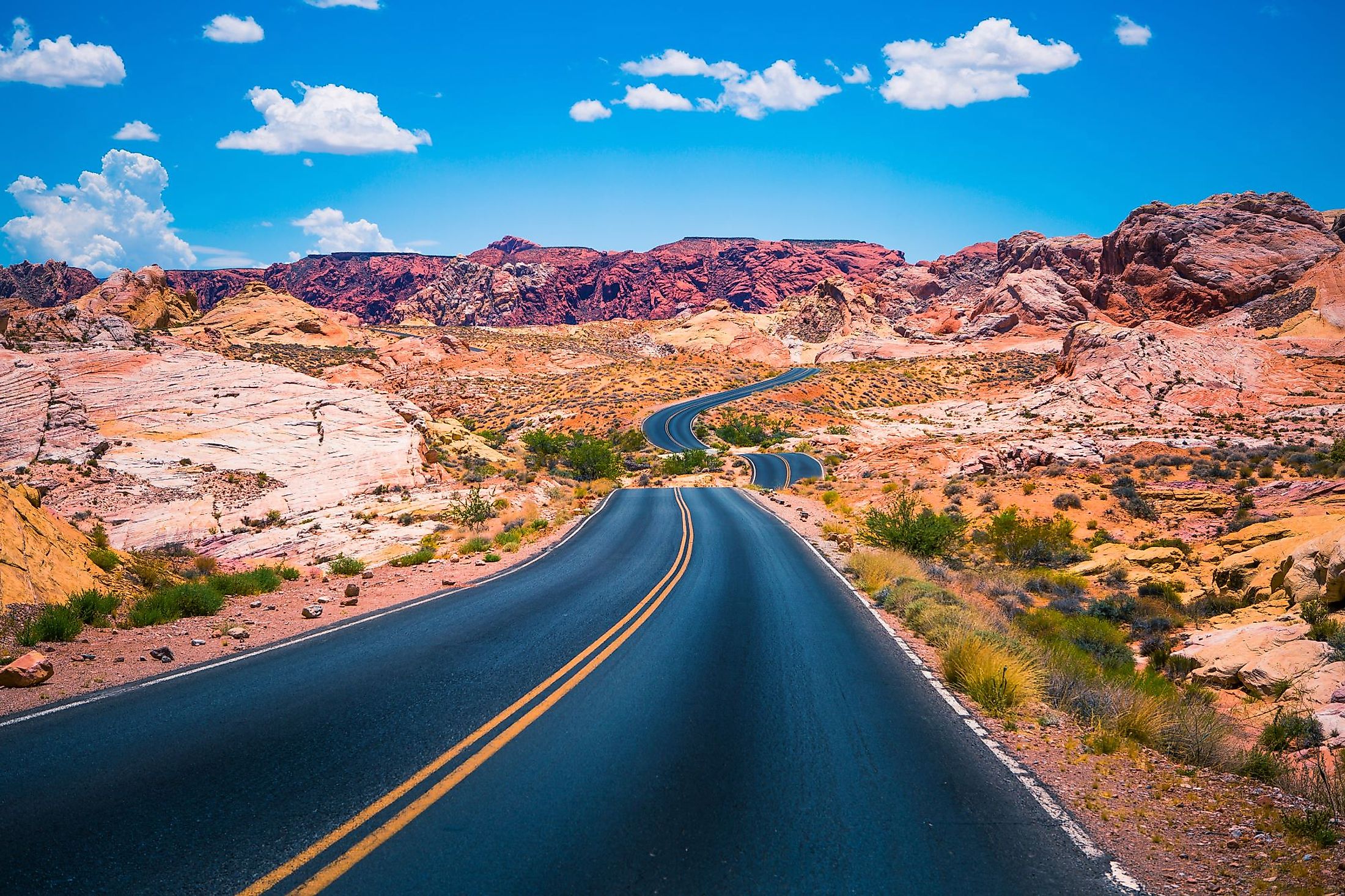
Valley Of Fire State Park, Nevada
Valley of Fire State Park covers just under 46,000 acres, with a distinctive terrain of red or Aztec sandstone. In the setting sunlight, these irregular sandstone formations often appear to glow, a phenomenon that gave the Park its name. The Park is situated about 26 km south of Overton and 80km northeast of Las Vegas in Clark County of the US State of Nevada. In 1931, about 8,760 acres of federal land were transferred to the state of Nevada to create the Park. The Park opened in 1934 and was given its official designation in 1935. The Park grew over the decades to its present-day size. Nevada’s oldest state park, the Valley of Fire State Park, was designated a National Natural Landmark in 1968. A 16.9 km section of Valley of Fire Road, which runs through the Park from the east to west entrances, was officially designated as a Nevada Scenic Byway in 1995.
Landscape Of The Valley Of Fire State Park
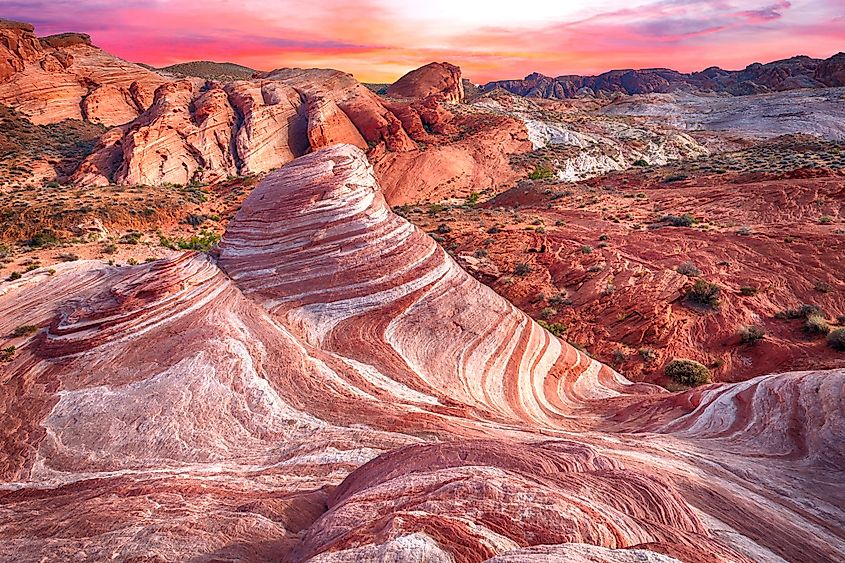
The park lies at an elevation between 402–917 m. Valley of Fire borders the Lake Mead National Recreation Area to the east, just at the confluence of the Virgin River, and is located in a region known as the southeastern Basin and Range. Two faults run within the park, the Las Vegas Valley Shear Zone and the Lake Mead Fault System. The Shear Zone is segmented, which resulted in a great deal of upheaval across its surface over time. The Lake Mead Fault System also resulted in changes to the surface layer of rock as the ground shifted, with some areas pushed up from the rest into ridges and rock formations.
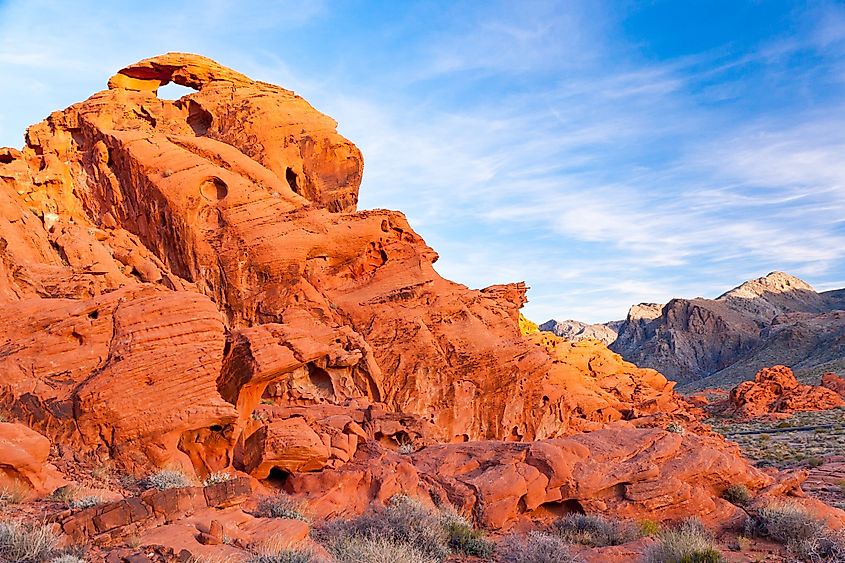
The Park was once a vast inland ocean. During the Jurassic period, the inland sea began to dry out, and the land began to rise. The sandstone is actually a remnant of the sands that lined the seafloor. Shifting sands over millions of years brought about a considerable level of erosion, which created uniquely rounded and textured stone formations. Along with sandstone, there are deposits of limestones, shale, and other conglomerate minerals, which account for the varying colors of red, gray, and brown. Each type of rock erodes differently, and the multiple and complex changes created the spectacular configurations, including a floor and jagged walls.
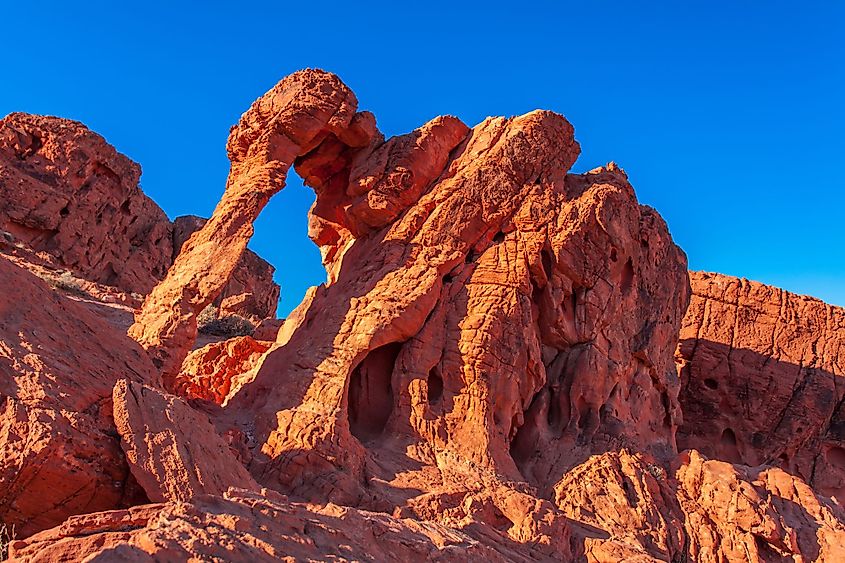
The park is home to petrified trees that are remnants of its days as a fertile region thousands of years ago. The park lies within the Mojave Desert and experiences a warm, dry climate with mild winters and hot summers, where temperatures can reach over 46°C. Temperatures may fluctuate 20 or 30 degrees between day and night. The area receives occasional rainfall during the cooler winter months, brought by storms over the Pacific Ocean. During the summer, the Southwest Monsoon occasionally brings heavy rain showers. Annual rainfall is about 165.1 mm.
Flora In Valley Of Fire State Park
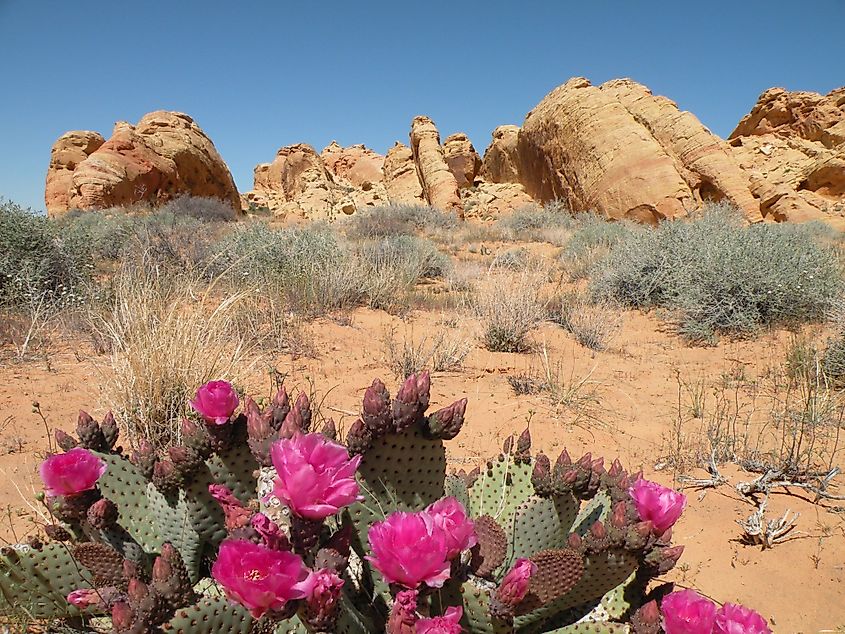
The most common plants in the Valley of Fire State Park are creosote bush, burro bush, and brittlebush, which are found widely separated from each other. All slow-growing shrubs that are ideally suited for dry, arid regions develop compact leaves and small flowers. There are several species of cactus in the park, including the beaver tail and cholla. Both species bloom in the spring. Many other common desert plants bloom during the spring months, including the indigo bush, desert mallow, and desert marigold.
Fauna Of Valley Of Fire State Park
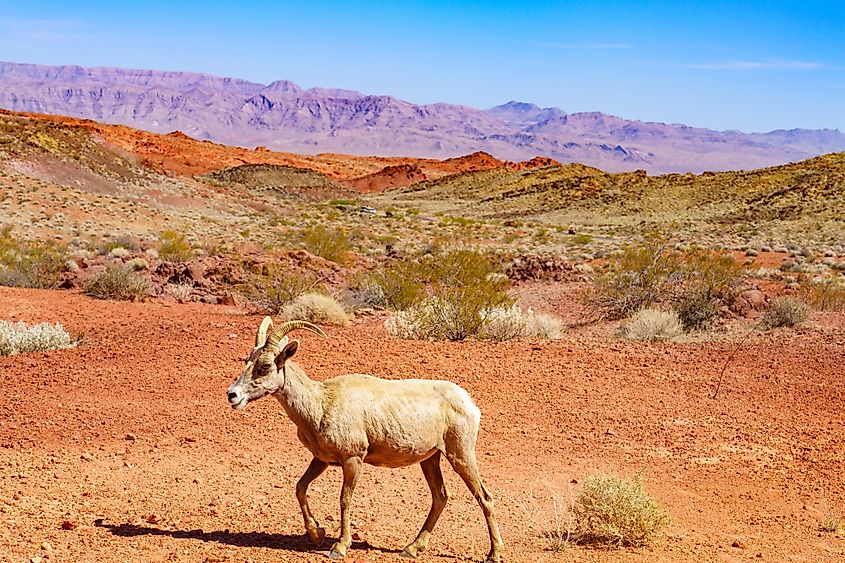
While their activity most often passes outside the scrutiny of humans, the desert ecosystem is diverse. White-tailed antelope squirrels, chuckwalla lizards, and patchnose snakes may be spotted during the day, but most desert animals sleep during the hottest times of the day and become active at night. Nocturnal animals include kangaroo rats, the desert cottontail rabbit, the coyote, kit fox, spotted skunk, and black-tailed jackrabbit. Birds who make their year-round home in the park include the greater roadrunner, rock wren, loggerhead shrike, Gambel’s quail, house finch, sage sparrow, and raven. The park also hosts many migrating birds who pass through its borders, such as the bald eagle. The slow-moving desert tortoise is uniquely adapted to its environment. Protected by state law, the desert tortoise, which averages about 14 inches in length, and lives 30 to 40 years, is a rare species. Bighorn sheep can be found in the park, often passing through to the nearby mountains. Birds and other animals take advantage of the natural water collection areas of the park and natural depressions in the stone in shady areas where rainwater may gather and not immediately evaporate into the heat. Today, the park supplies piped water in various areas that are available to wildlife. Smaller birds and animals also take advantage of the irregular surface and shape of the rocks to find small areas of shade or moisture.
Human History
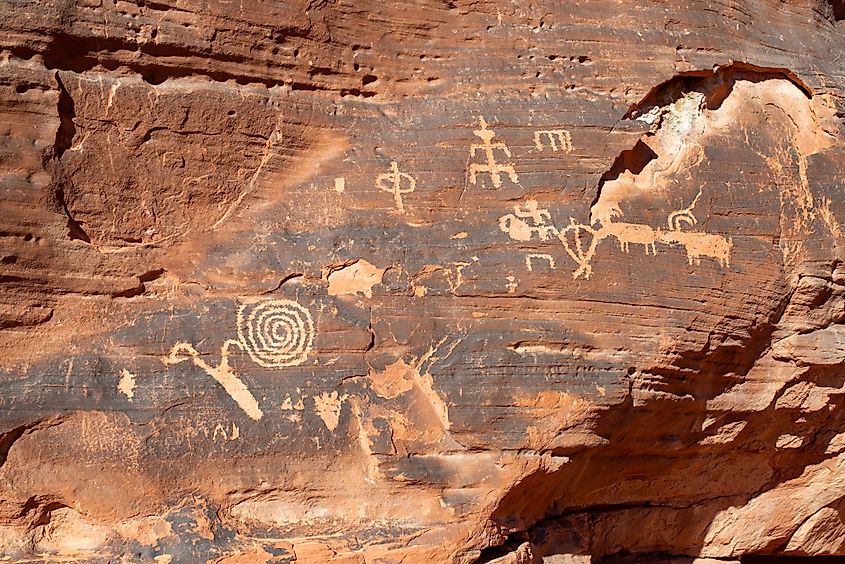
There is evidence of human occupation that dates back about 11,000 years. The Early Pueblo cultures came into the area after the Basketmaker culture, about 2,500 years ago. From about 300 BC to 1150 AD, Ancestral Puebloans or Anasazi from the nearby Moapa Valley passed through the area. Scholars believe they included hunting and foraging parties, along with religious ceremonies. The lack of water would have prohibited any kind of prolonged occupation. As markers of their passing, they left the petroglyphs (rock art), which can still be found in several areas of the park. Many petroglyphs can be found in the area known as Mouse’s Tank and Atlatl Rock.
